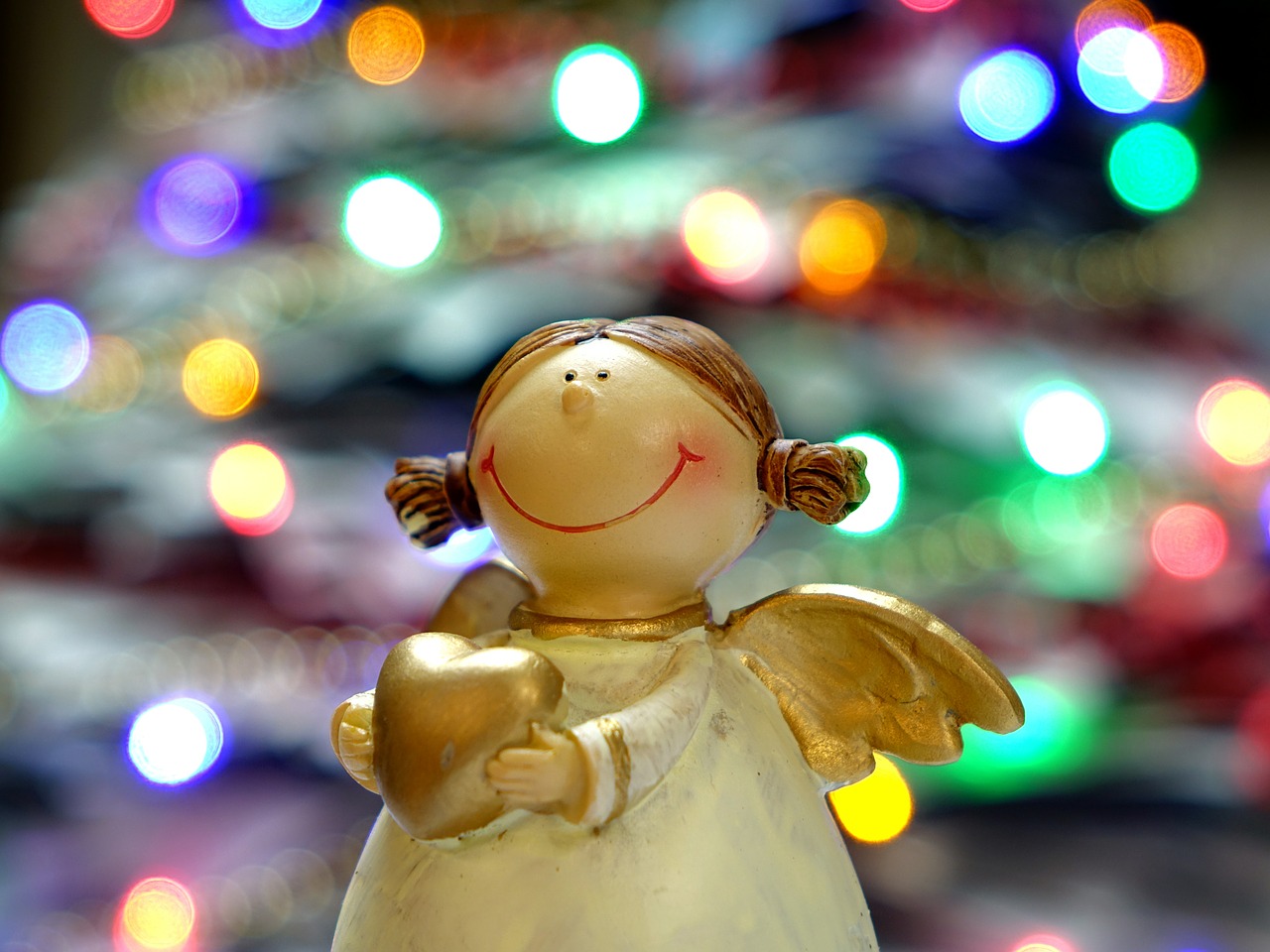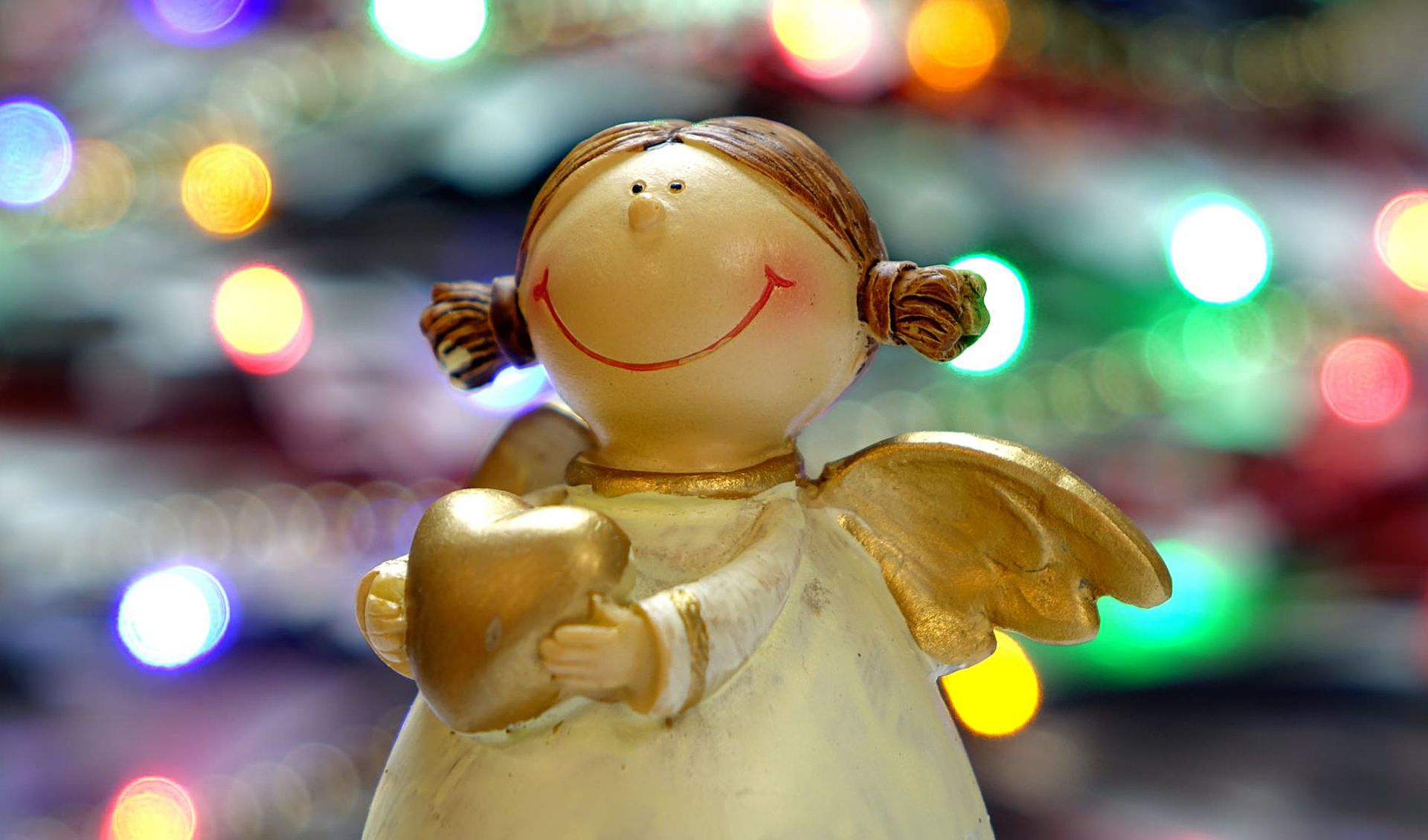Christmas comes in silence. On Christmas Eve, the bustling markets are silenced, the shops stop crowding in, the streets become empty... Everyone tries to spend the evening with their families. Suppose you're also thinking of celebrating Christmas at home this year. In that case, we suggest you take a virtual trip worldwide and discover how different Christmas traditions are celebrated in other countries. You might also find some tips on giving presents to children and relatives in an unusual way.

The spicy spirit of a Catholic Christmas
The festive mood hits European cities long before the holiday. As early as mid-November, the city squares are filled with fancy Christmas trees, and Christmas market stalls sprout around them.
Music, laughter, a whirlwind of festive shopping, children's amusement rides and an incredible bouquet of spices added to biscuits and mulled wine are all signs of Christmas approaching. Every home has an Advent wreath on the table, symbolising the anticipation of the colorful festival. And at fairs, there is a nativity scene depicting the birth of Christ.
How do Germans celebrate Christmas?
Until the quiet Christmas evening arrives, the country is buzzing with excitement all month long, with every Christmas market in Germany at its heart. There, gift-gathering becomes a little festive, and the lebkuchen biscuits seem extraordinarily tasty.
Germany's best Christmas markets delight visitors with rides, concerts and theatrical performances.
Starting on December 1, children open an Advent calendar window every day to reveal a sweet or a small gift. The last window will be opened on December 24, and then Santa Claus or the Christmas angel will bring the presents. Before then, on the eve of December 6, children put polished shoes on the doorstep — a little surprise from St Nicholas is placed in them.

Christmas in England: traditions and customs
In the run-up to Christmas in Britain, you decorate the Christmas tree. The mantelpiece is hung with stockings, which Santa (or Father Christmas) puts presents in. But the main events of Christmas night unfold around the fireplace, so it is decorated with great care: ivy, mistletoe and holly come in handy.
And when they celebrate Christmas in the UK, it's not just about singing Christmas carols and eating around the family table. Everyone asks each other funny questions prepared in advance and hopes to get funny answers.

Magical Christmas holidays in the Czech Republic
What helps you wait for the main holiday? The holidays are unforgettable, Czech children say. As early as December 6, the good Mikuláš brings them their first presents, and on December 13, on St. Lucia's Day, girls and young women dressed in fancy dresses go around their neighbours and ask for sweets. Children also come to the Christmas markets in Prague and other Czech cities to sing carols and eat hand-painted gingerbread.
Czechs always decorate their homes with a Christmas tree, not a cut-down one, but a live one growing in a pot. On a festive night, gifts under the tree will not be put by Santa Claus but by Jesus, called Ježíšek in the Czech Republic. And another tradition of the country: Prague, during the Christmas holidays, should be covered with snow. Unfortunately, you can't influence the weather, but any outfit suits the city.
Who gives presents to Spanish children?
Santa would be uncomfortable in Spain's warm climate, so the children wait for Pope Noel to arrive. Before Christmas, children hang brightly coloured socks outside their windows for the magician to put his gifts in. And in Catalonia, they expect presents from... an eye-catching log on legs. The Caga Tió log is brought home at the beginning of December. Children cover it with a blanket and feed it with sweets, and on Christmas night, they are delighted to discover that the log has brought them presents.
How Christmas is celebrated in America
A hallmark of the holiday is the exchange of greeting cards. Dozens of cards received are part of the decoration of the house, although the home is already very lavishly decorated. The best place in the house is reserved for cloth boots, in which Santa Claus will put his presents. Santa is even more prevalent in America than in Finland, where the winter wizard originates.
The Americans don't dress up in evening gowns but Christmas jumpers or carnival costumes (a tradition everyone has learned from the movies).
What is the most popular Christmas food in the world?
Christmas food traditions in Europe have one thing in common: you're not supposed to be hungry on Christmas Eve. So what are the different countries serving? In Germany, they cook a roast goose stuffed with apples and prunes, although more and more turkey is on the festive menu. The main Christmas dessert is Stollen bread. The dough is mixed with as many sultanas, candied fruits, and nuts as possible.
Great Britain has preserved a long tradition of eating turkey with gooseberry sauce and sweet plum pudding on Christmas Eve. The pudding is soaked in rum and set on fire before serving.

Turkey is also served in the US, but the sauce is cranberry. But in the southern states, they serve veal with spicy herbs instead of poultry. And everyone must have a cup of eggnog: a sweet drink made of eggs and milk with cinnamon (adults are allowed to add alcohol to drink).
France — and once again, the turkey is on the table. But it's stuffed with chestnuts. And if you're offered a "Christmas cake" for dessert, don't say no: this is the name of the soft cream biscuit roll.
In Bulgaria, they do not cook poultry — it is believed that it carries away happiness on its wings from home. The main holiday dish is Banitsa, a flaky pie with pumpkin, veal, aubergines, and apples. The cake is filled with coins, cornelian buds, and wish-list paper: everyone gets a piece of Banitsa with a good omen.
Traditional Czech christmas food for the Festive Menu include fish soup and potato salad. Roast carp is a must at the Christmas table in Bohemia (a piece of carp is placed under each plate on the table as a good luck charm). And the main decoration of the sweet table is the wicker yeast cake "Vanočka", although children are happy to eat the tiny Vánoční cukroví (Christmas Cookies).
Christmas Eve carp is the crowning glory of the holiday table in Austria. Amongst the multitude of sweets, the traditional Christmas stollen is a must.
Fish is also prepared for Christmas in Italy. It can be perch, cod, or eel. The festive table can't do without the sweet panettone cake, which resembles an Easter muffin.
In Spain, long before the festivities, people start to devour turrón. People eat turkey with mushrooms and a rich four-meat soup on Christmas Eve. On 6 January, all Spanish families celebrate Three Kings Day, Día de Los Reyes Magos and eat the traditional Roscón de Reyes. A Roscón is a large pastry ring decorated with candied fruit, symbolising the jewels on the crowns of kings. Traditionally, a figure of a king and a bean are baked into the roscón. Initially, only the bean was baked into the pie (this is how it is still done in France), and whoever got it became king of the day. Nowadays, the bean has been replaced by a ceramic king figurine, which has taken on a different meaning: whoever gets the bean must pay for the pie.
In Finland, it is customary to eat baked ham. And for dessert, all children and adults eat Santa Claus' favourite treat, riisipuuro, sticky rice porridge with almonds. It will only be a week before it's time to celebrate New Year's Eve. In our article read about how it is celebrated in different countries.




